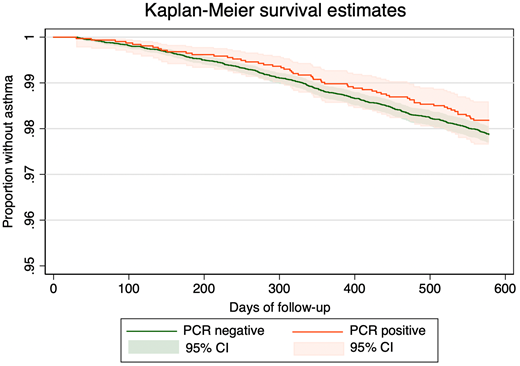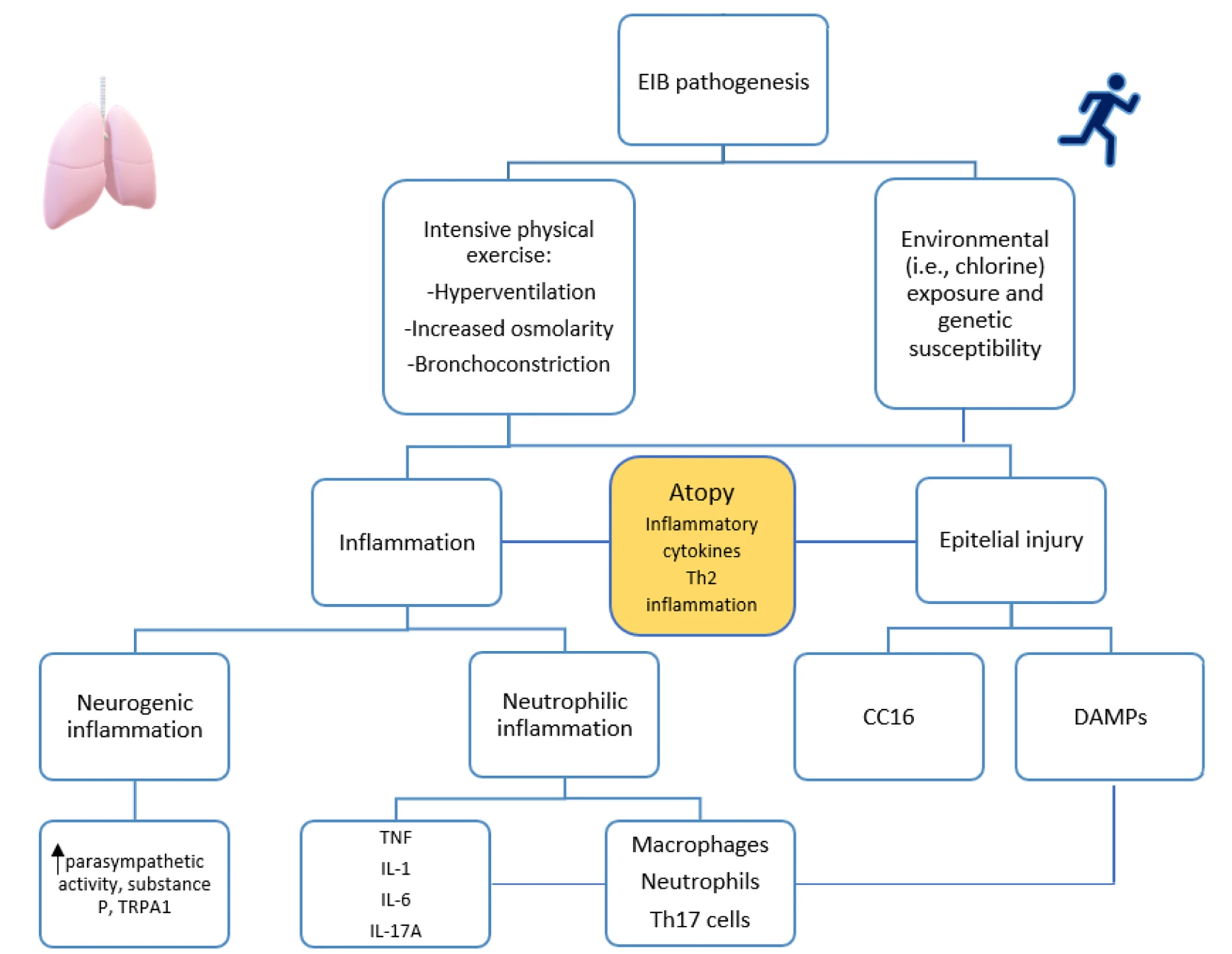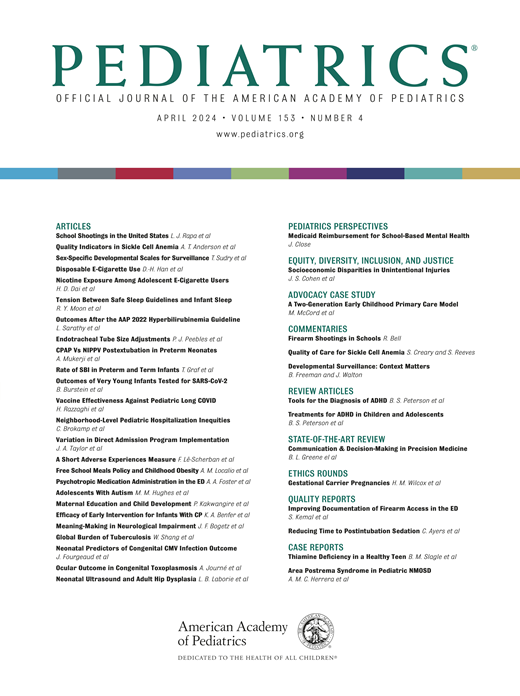Allergy, Asthma and Immunology
A blog that publishes updates and open access scientific papers about allergy, asthma and immunology. Editor: Juan Carlos Ivancevich, MD. Specialist in Allergy & Immunology
April 19, 2024
Patients' values and preferences for health states in allergic rhinitis-An artificial intelligence supported systematic review
April 15, 2024
Global assessment of the knowledge and confidence in managing allergic disorders among primary care pediatricians across Europe: An EAACI task force report
 Cabrera M, Ryan D, Erlewyn-Lajeunesse M et al. Pediatr Allergy Immunol. 2024 Apr;35(4):e14116. doi: 10.1111/pai.14116.
Cabrera M, Ryan D, Erlewyn-Lajeunesse M et al. Pediatr Allergy Immunol. 2024 Apr;35(4):e14116. doi: 10.1111/pai.14116.
Abstract
Background: Pediatricians are often the first point of contact for children in Primary Care (PC), but still perceive gaps in their allergy knowledge. We investigated self-perceived knowledge gaps and educational needs in pediatricians across healthcare systems in Europe so that future educational initiatives may better support the delivery of allergy services in PC.
Method: A multinational survey was circulated to pediatricians who care for children and adolescents with allergy problems in PC by the EAACI Allergy Educational Needs in Primary Care Pediatricians Task Force from February to March 2023. A 5-point Likert scale was used to assess the level of agreement with questionnaire statements. Thirty surveys per country were the cut-off for inclusion and statistical analysis.
 |
| Proportion of responders and reasons for referral to an allergist. |
Increased prevalence of autoimmune thyroid disease after COVID-19: A single-center, prospective study
Rossini A, Cassibba S, Perticone F et al. Front Endocrinol (Lausanne). 2023 Mar 8;14:1126683. doi: 10.3389/fendo.2023.1126683.
Abstract
Introduction: Thyroid dysfunctions associated with SARS-CoV-2 acute infection have been extensively described since the beginning of COVID-19 pandemics. Conversely, few data are available on the occurrence of thyroid autoimmunity after COVID-19 resolution. We assessed the prevalence of autoimmune thyroid disease (ATD) and thyroid dysfunctions in COVID-19 survivors three months after hospital admission.
Design and methods: Single-center, prospective, observational, cohort study performed at ASST Papa Giovanni XXIII Hospital, Bergamo, Italy. 599 COVID-19 survivors were prospectively evaluated for thyroid function and autoimmunity thyroperoxidase antibodies (TPOAb), thyroglobulin antibodies (TgAb). When a positive antibody concentration was detected, thyroid ultrasound was performed. Multiple logistic regression model was used to estimate the association between autoimmunity and demographic characteristics, respiratory support, and comorbidities. Autoimmunity results were compared to a cohort of 498 controls referred to our Institution for non-thyroid diseases before the pandemic onset.
April 13, 2024
Patient-Reported Outcome Measures in Atopic Dermatitis and Chronic Urticaria are Underused in Clinical Practice
Cherrez-Ojeda I, Bousquet J, Giménez-Arnau A et al. J Allergy Clin Immunol Pract. 2024 Apr 9:S2213-2198(24)00349-0. doi: 10.1016/j.jaip.2024.03.050.
Abstract
Background: Patient-reported outcome measures (PROMs) are validated and standardized tools that complement physician evaluations and guide treatment decisions. PROMs are crucial for monitoring atopic dermatitis (AD) and chronic urticaria (CU) in clinical practice, but there are unmet needs and knowledge gaps regarding their use in clinical practice.
Objective: We investigated the global real-world use of AD and CU PROMs in allergology and dermatology clinics as well as their associated local and regional networks.
Methods: Across 72 specialized allergy and dermatology centers and their local and regional networks, 2,534 physicians in 73 countries completed a 53-item questionnaire on the use of PROMs for AD and CU.
Results: Of 2,534 physicians, 1,308 were aware of PROMs. Of these, 14% and 15% used PROMs for AD and CU, respectively. Half of physicians who use PROMs do so only "rarely" or "sometimes". AD and CU PROM usage is associated with being female, younger, and a dermatologist. POSCORAD and UAS were the most utilized PROMs for AD and CU, respectively.
April 12, 2024
An integrated molecular risk score early in life for subsequent childhood asthma risk
Abstract
Background
Numerous children present with early wheeze symptoms, yet solely a subgroup develops childhood asthma. Early identification of children at risk is key for clinical monitoring, timely patient-tailored treatment, and preventing chronic, severe sequelae. For early prediction of childhood asthma, we aimed to define an integrated risk score combining established risk factors with genome-wide molecular markers at birth, complemented by subsequent clinical symptoms/diagnoses (wheezing, atopic dermatitis, food allergy).
Methods
Three longitudinal birth cohorts (PAULINA/PAULCHEN, n = 190 + 93 = 283, PASTURE, n = 1133) were used to predict childhood asthma (age 5–11) including epidemiological characteristics and molecular markers: genotype, DNA methylation and mRNA expression (RNASeq/NanoString). Apparent (ap) and optimism-corrected (oc) performance (AUC/R2) was assessed leveraging evidence from independent studies (Naïve-Bayes approach) combined with high-dimensional logistic regression models (LASSO).
Results
Asthma prediction with epidemiological characteristics at birth (maternal asthma, sex, farm environment) yielded an ocAUC = 0.65. Inclusion of molecular markers as predictors resulted in an improvement in apparent prediction performance, however, for optimism-corrected performance only a moderate increase was observed (upto ocAUC = 0.68).
COVID-19 and Asthma Onset in Children
ABSTRACT
BACKGROUND AND OBJECTIVES:
Respiratory viral infections increase risk of asthma in infants and children. Infection with the severe acute respiratory syndrome coronavirus 2 (SARS-CoV-2) virus can cause severe lung inflammation and prolonged respiratory symptoms. We sought to determine whether SARS-CoV-2 infection modified pediatric incident asthma risk.
METHODS:
This retrospective cohort study examined children ages 1 to 16 within the Children’s Hospital of Philadelphia Care Network who received polymerase chain reaction (PCR) testing for SARS-CoV-2 between March 1, 2020 and February 28, 2021. Multivariable Cox regression models assessed the hazard ratio of new asthma diagnosis between SARS-CoV-2 PCR positive and SARS-CoV-2 PCR negative groups within an 18-month observation window. Models were adjusted for demographic characteristics, socioeconomic variables, and atopic comorbidities.
RESULTS:
 |
| Kaplan-Meier survival curves comparing adjusted asthma-free survival between SARS-CoV-2 positive and SARS-CoV-2 negative groups. |
April 11, 2024
Preventive allergen immunotherapy with inhalant allergens in children
Dwivedi V, Kopanja S, Schmidthaler K, Sieber J et al. Allergy. 2024 Apr 8. doi: 10.1111/all.16115.
REVIEW - Open Access
Abstract
The efficacy and safety of preventive allergen immunotherapy (pAIT) in children are currently under investigation. Here, we provide an overview of pAIT with respiratory allergens concerning the prevention of new sensitizations, allergic disease onset and progression as well as further immunomodulatory effects.
 |
| Process of study selection |
Exercise-induced bronchoconstriction, allergy and sports in children
Abstract
 |
| EIB pathogenesis and the central role of atopy |




